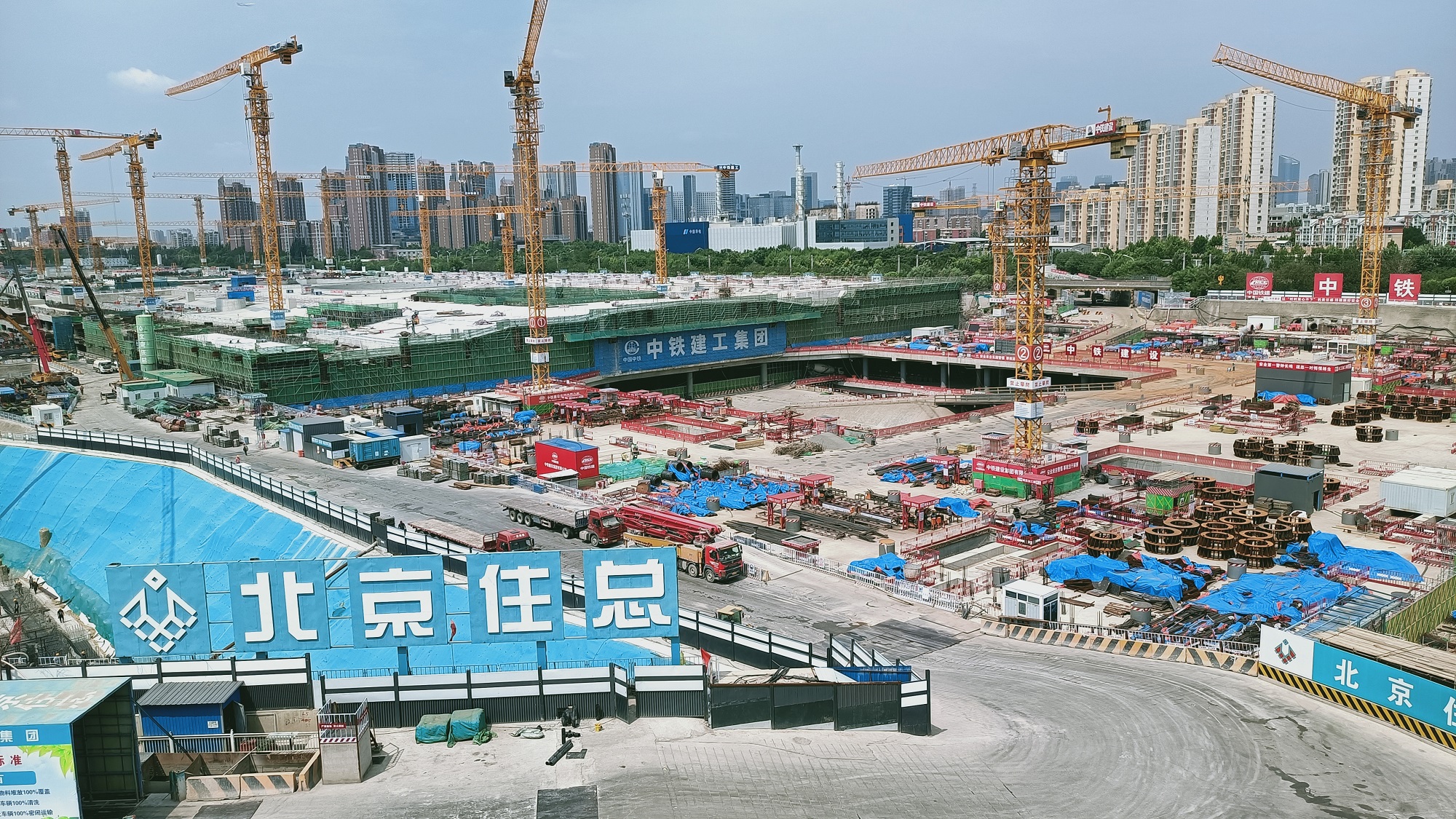Beijing Aims to Be Sci-tech and Cultural Hub
By Staff Reporters
Beijing is pursuing high-quality development by relocating some of its administrative functions to neighboring areas and highlighting its culture and sci-tech industries.
Relocating non-essential functions
To relieve the pressure of rapid urban development and increase the city’s carrying capacity, functions that are non-essential to Beijing’s role as the capital have been relocated to neighboring areas. The sub-center in Tongzhou district and the Xiongan New Area in neighboring Hebei province are being developed to form the two "new wings" of Beijing.
The construction of the Tongzhou sub-center has been accelerated with an annual investment of 100 billion RMB (13.9 billion USD). The first batch of municipal organs have moved there and the second batch will relocate before the end of this year. A number of major infrastructure projects are under construction, such as an underground traffic terminal, which will be the largest in Asia, expected to open within two years.

The underground traffic terminal is under construction in Tongzhou district. (PHOTO: LI He/S&T Daily)
The Xiongan New Area is also being supported with new projects, including three schools, which will open in September, and a hospital, also to be ready in September. The Beijing-Xiongan intercity railway is fully operational while the Beijing-Xiongan expressway will open this year.
Building culture and sci-tech hubs
As a time-honored city, Beijing boasts an immeasurable historical and cultural heritage. In addition, it is now building new art areas with modern features.
The 798 Art Zone, formerly a cluster of factories, has been transformed into a hip center for contemporary art. The Langyuan Station, once a textile warehouse, is now a cultural landmark. They both have attracted leading enterprises from the digital, film and television, and cultural and creative industries and are important symbols of Beijing as a cultural center.

The Langyuan Station in Chaoyang district of Beijing. (PHOTO: HE Liang/S&T Daily)
Building itself into a sci-tech innovation center is another focus.
With sci-tech bases such as the Zhongguancun Science Park, Daxing International Hydrogen Energy Demonstration Zone and China-Germany Industrial Park, Beijing is enhancing its sci-tech innovation capabilities. The innovation and industrial chains have been expanded to neighboring port city Tianjin and Hebei.
Closer collaboration in the innovation community is accelerating sci-tech development in these areas.
According to official statistics, the technology contracts transferred from Beijing to Tianjin and Hebei increased from over 3,000 items in 2013 to more than 5,800 in 2022, signifying an average annual growth of 7.1 percent. The turnover increased from 7.12 billion RMB (993 million USD) in 2013 to 35.69 billion RMB (4.96 billion USD) in 2022, an average annual growth of nearly 20 percent.






